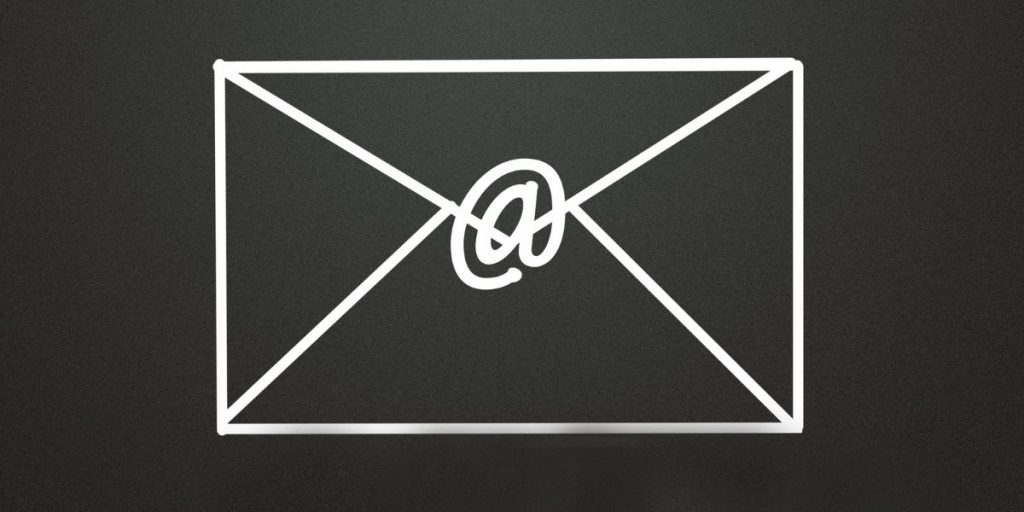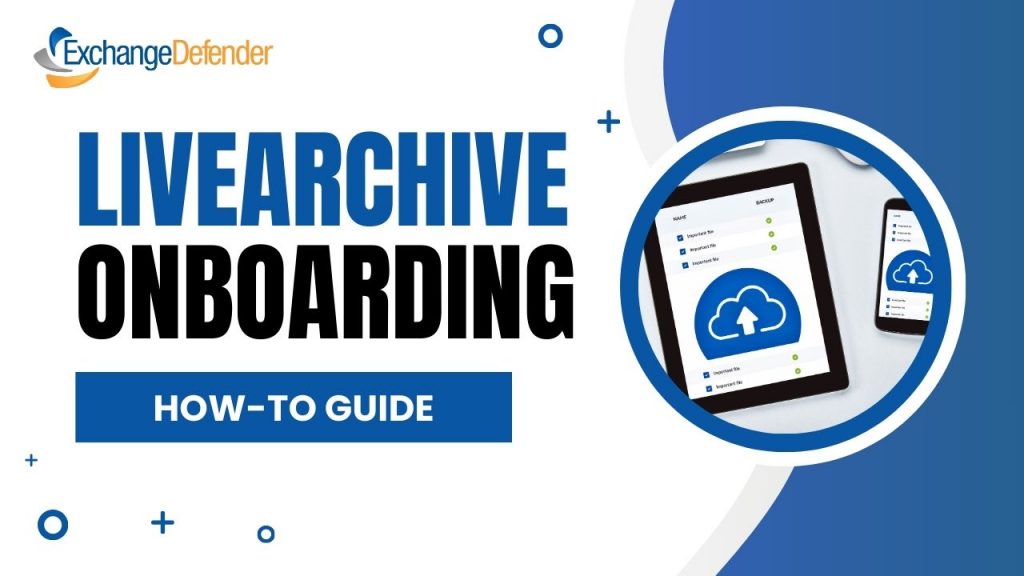ExchangeDefender’s Top Solutions of 2023: Safeguarding Your Email Ecosystem

In the dynamic landscape of digital communication, having a robust and reliable email management system is crucial for businesses and individuals alike. ExchangeDefender, a leader in email security solutions, offers a suite of cutting-edge products designed to ensure seamless communication, data protection, and business continuity. Let’s delve into some of ExchangeDefender’s most popular solutions in 2023.
#1 – ExchangeDefender Inbox: Your Email’s Safety Net
ExchangeDefender Inbox is a modern and secure email platform that serves as a backup plan for your primary email systems, such as Outlook and Gmail. When faced with email outages, technical difficulties, or delivery issues, Inbox ensures uninterrupted communication by actively creating copies of your emails.
Inbox operates independently of your email hosting. If your primary email service experiences downtime, you can seamlessly switch to ExchangeDefender Inbox to send and receive emails in real-time. This innovative feature provides a safety net, ensuring you stay connected even during service outages.
#2 – ExchangeDefender Bypass: Overcoming Email Roadblocks
ExchangeDefender Bypass is a game-changer in overcoming email roadblocks. It offers a disposable email address service that delivers emails despite outages, blacklists, throttling, or other IT problems. With the ability to set up and delete addresses at any time, Bypass provides a free, simple, private, and secure solution for uninterrupted email flow.
Key Features:
- Masking your entire address and domain for enhanced privacy.
- Emails sent to Bypass addresses bypass typical security restrictions.
- Subject modification for easy identification of external messages.
#3 — ExchangeDefender Encryption: Simple and Secure Data Protection
Easy-to-Use Encryption
ExchangeDefender Encryption provides a simple yet powerful solution for encrypting emails and sharing documents securely. With auto-detection of sensitive data and real-time reporting, this on-demand encryption software is both user-friendly and affordable for small businesses.
Key Benefits:
- Regulatory compliance and enhanced business practices.
- Secure messaging via email, URL, or SMS.
- Detailed reporting on when an email is read.
#4 — ExchangeDefender PRO: Total Email Security for Business
Email Protection at Its Best
ExchangeDefender PRO is an advanced email security suite designed to safeguard your business against a wide range of threats, including SPAM, malware, phishing, spoofing, ransomware, and spyware. With 24/7 protection and new quarantine reports, ExchangeDefender PRO offers deeper insights into email management and security, empowering informed decision-making.
New Feature: Simplified Security Configuration
The introduction of the Default Domain Security Policy Wizard streamlines the configuration of essential security policies, making it user-friendly and efficient. Navigating the complexities of security policies becomes a breeze with this innovative tool, ensuring a safer digital environment for your business.
#5 — LiveArchive: Long-Term Email Archiving and Backup
Peace of Mind for Critical Data
LiveArchive.next is ExchangeDefender’s next-gen solution for long-term email archiving and backup. Designed to address the unique challenges faced by clients in 2023, LiveArchive.next ensures access to critical data even in worst-case scenarios, such as account wipes, crypto locks, or business closures.
Key Features:
- Live backup of all inbound and outbound messages.
- Email backups are stored on industry-standard S3 data object storage.
- Client-owned backups with customizable data retention.
ExchangeDefender’s suite of solutions goes beyond conventional email management, offering a comprehensive approach to security, continuity, and privacy. In an era where digital communication is paramount, these tools empower businesses and individuals to navigate the challenges of the modern email landscape with confidence and ease.
LiveArchive Onboarding

ExchangeDefender LiveArchive has gotten a massive refresh for 2024 to help our users get a better email backup & archiving solution that fits their needs. We are helping our partners and clients deploy the new LiveArchive solution stack and export data so here are some best practices and suggestions if you’re waiting for your deployment window or choose to DIY it.
Overview
If you already have a plan, roll it out right now! Documentation and step-by-step guide is available here: https://exchangedefender.com/docs/livearchive-cloud-backend
If you’re deploying this for someone else, here is a quick executive overview of the features you might want to bring up and explain to the decision-maker:
– Archiving solution in which you control and own the backend (no vendor lock-in)
– Archives corporate email from a journal mbox on M365
– No size limitation for archived messages
– No limit for attachments
– Integrates with cloud (Gmail/O365/etc) or on-prem
– Encrypted storage of archive emails and attachments
– One-time setup, no need to maintain a user list
– Filter archive emails on a per-domain basis
– Enable archive rules in S3 to enable pruning of archive messages
– Quickly download the entire mailbox for any user
– Downloaded mailboxes can be imported into Outlook/O365/imap/maildir etc
In a nutshell, it’s an archiving solution for email that integrates with all popular email and cloud services, is affordable to operate, and relies on open-source solutions with an excellent track record that can enable you to create a backup strategy that fits your needs. There are tons of providers and hardware/software platforms that you can use as the backend depending on the complexity of retention policies.
Choose your cloud service
ExchangeDefender LiveArchive backend is powered by open source stack of MariaDB (open source version of Oracle MySQL) and S3 (open source object storage). They are available from public cloud companies as hosted services (example: Amazon Web Services RDS) as well as containers that can be deployed on a wide variety of cloud solutions (Azure, AWS, Linode, Dreamcloud), virtualized locally, even on consumer-level NAS appliances (example: QNap).
In terms of functionality, LiveArchive has the same features regardless of where the backend is hosted.
The choice is mostly between convenience and flexibility. You will have the most convenience deploying LiveArchive with Amazon AWS but you can build a more flexible or more affordable solution as well. You will have the most control over your data if you store it on a local NAS or server but that comes at the expense of maintenance and management of the backend hardware/software stack. You should find a provider that can reliably host the open source stack, offer you support if you ever have an issue with the account, and most importantly provide a reliable high-speed connection for you to restore your data with someday.
Choose your access & recovery strategy
ExchangeDefender LiveArchive can function in minimal mode with just access to S3 bucket to store messages. This is the most affordable and most efficient way to archive messages, but without message metadata, all you’ll have is user@domain.com directories and any eDiscovery/search/recovery would require you to run a full-text search on the entire directory. If you are primarily concerned about the cost and are only backing up email for CYA purposes in the event of a disaster, this might be a viable option.
ExchangeDefender recommends deploying LiveArchive with MariaDB/AWS RDS service enabled. Doing so will enable LiveArchive to log your messages to a SQL database that is used by LiveArchive Web UI to access and recover messages. Deploying Web UI with MariaDB enables you to deliver the same LiveArchive service we have delivered for decades, but with you fully owning the entire archiving solution end to end on a proven and reliable open-source platform.
Your choice of access will dictate your recovery strategy. Minimalist/CYA approach to archiving will enable you to restore and search entire mailboxes. Adding LiveArchive Web UI and MariaDB makes the entire solution more user-friendly.
Confirm that you can access your cloud services remotely
ExchangeDefender LiveArchive onboarding calendar for 2023 is nearly full so to make sure your deployment goes smoothly make sure you can access your S3 and RDS resources remotely. Our documentation will help you set the whole thing up but please pay particular attention to confirming remote connectivity. If you can’t reach the S3 or SQL from Starbucks Wifi odds are great that LiveArchive won’t be able to either so please make sure you can access all the buckets, that you can create and drop tables in SQL, etc. We look forward to getting your next-gen archiving solution up and running!
